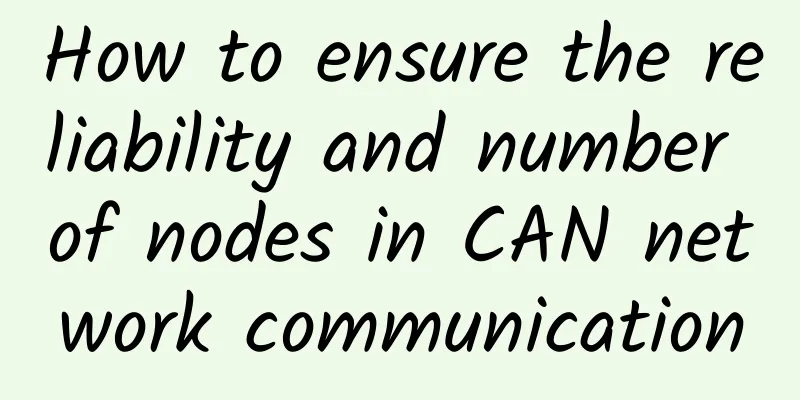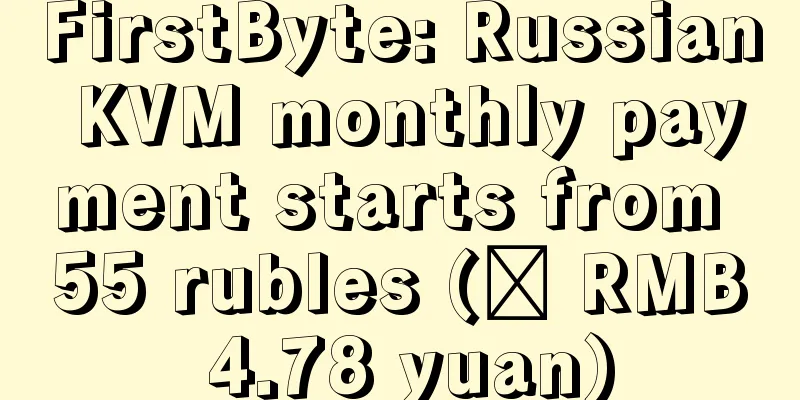Http protocol: Under what circumstances does an options request occur?

|
background: A new colleague asked me that there were many options requests in my project, and the background services were down, and I didn’t know how to deal with it;
http protocol In fact, the most commonly used HTTP methods are: GET, POST; they can be used as data exchange between the front-end and the back-end; Under what circumstances do options appear
When the above three situations occur, options requests will appear. To put it simply, it is for server security. For example, the same-origin policy triggers this rule; Options are usually initiated automatically by the browser, and their purpose is to check whether the next method (GET, POST, PUT, delete) is supported by the server; How to deal with the server Check the following A: Method
If your project is considered safe, just return a 200 status code. B: Method
If your project is considered safe, just return a 200 status code. If not allowed you can put back status code 400 or something; Options requests affect service performance, how to optimize Originally, one request was enough to complete the task, but the frequent addition of many options inevitably caused pressure on the service; It is possible to cache options requests. For example, options requests will appear in the http://www.**.com/api/getUser interface. We cache options once when options are returned, and inform the front-end not to send options when requesting this interface in the future. When the server responds, the Access-Control-Max-Age time can be set, which is 10 minutes by default. Further understanding of options Functions of key fields related to options
MDN's description of OPTIONS The HTTP OPTIONS method is used to obtain the communication options supported by the target resource. The client can use the OPTIONS method for a specific URL or for the entire site (by setting the URL to "*"). |
<<: Four departments jointly issued a document, and 5G development has attracted attention again
>>: Network charges are more affordable and 5G demand is gradually released
Recommend
TTCLOUD: San Jose high-defense server $59/month, dual E5-2620v2/16GB/500G SSD/100M unlimited traffic
TTCLOUD is a relatively new foreign hosting sales...
Eight use cases for NV overlay
Most IT organizations are under pressure to be mo...
Mobile Edge Computing: The True Future of 5G
The promise of 5G has yet to be fulfilled, but it...
Megalayer: Philippines/US/Singapore/Hong Kong VPS hosting, starting at 199 yuan per year
Megalayer is restocking VPS with special annual p...
I don't know the router's address.
When we set up a wireless router, we need to ente...
Linkerd 2.10 (Step by Step) (I) Adding your service to Linkerd
[[405467]] In order for your services to take adv...
Analysis: Advantages and limitations of wireless data centers
For data center operators, the idea of a wirele...
5G is coming, which of the three major CDN forces will take the initiative in the future market
Judging from the scene of MWC2018, 5G has become ...
This article tells you how to realize the IP territorial function. Have you learned it?
In web development and network applications, impl...
The three major operators have cancelled data roaming charges, and data charges still have room for reduction
Recently, China Mobile, China Telecom and China U...
Digital China is moving towards a deeper and more practical digital economy.
"Vigorously develop the digital economy, imp...
Dedicated 5G networks for smart sports stadiums and venues
Advances in technology are dramatically changing ...
Teach you two tricks to easily export Html pages to PDF files
[[398656]] This article is reprinted from the WeC...
China Mobile launches A-share listing: "Making money" but not "cutting leeks"
On the evening of May 17, World Telecommunication...
"Number portability" is the only effective solution to China Unicom's development difficulties
The discussion on China Unicom's predicament ...









